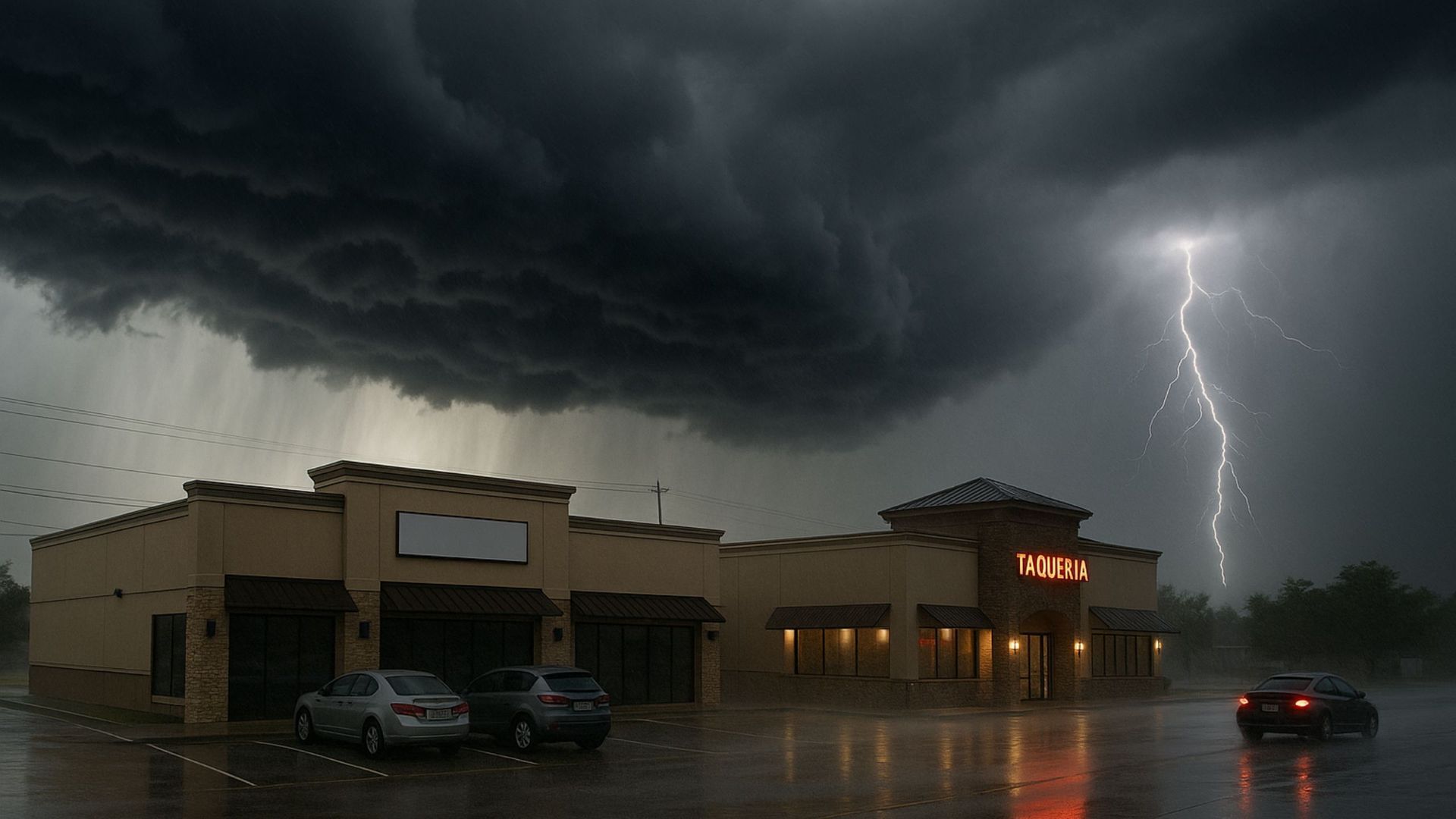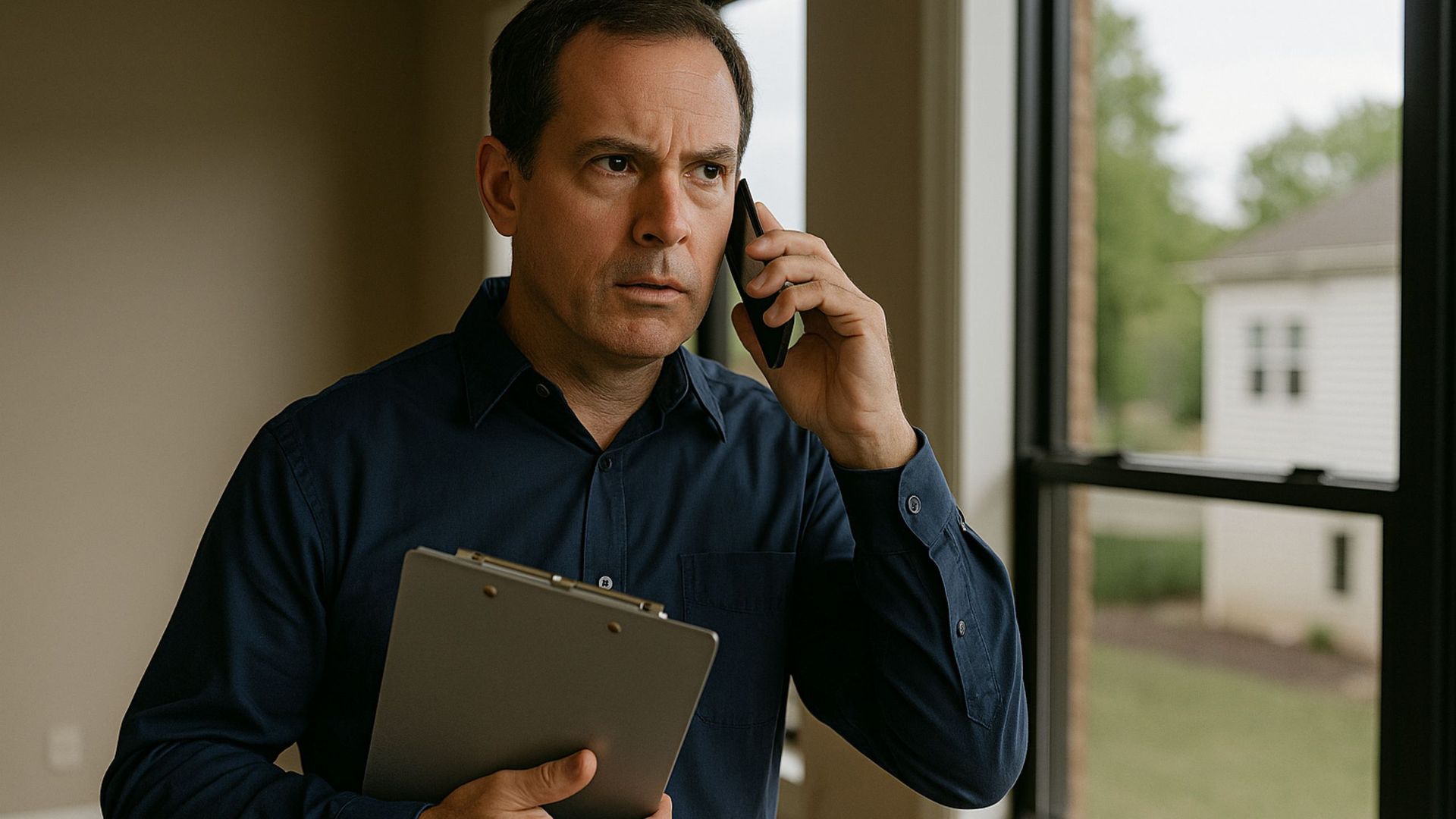Storm Exposure: Hidden Damage Insurance Carriers Can’t Afford to Miss
The Damage You Don’t See Can Cost You Most
When a storm passes, visible destruction often gets immediate attention—fallen trees, broken windows, and roof shingles scattered across yards. But beneath the surface lies a bigger challenge: hidden damage.
Unseen structural impacts, moisture intrusion, and gradual foundation movement can go unnoticed for weeks or even months. For insurance carriers and adjusters, missing these red flags means reopened claims, higher loss payouts, and policyholder frustration.
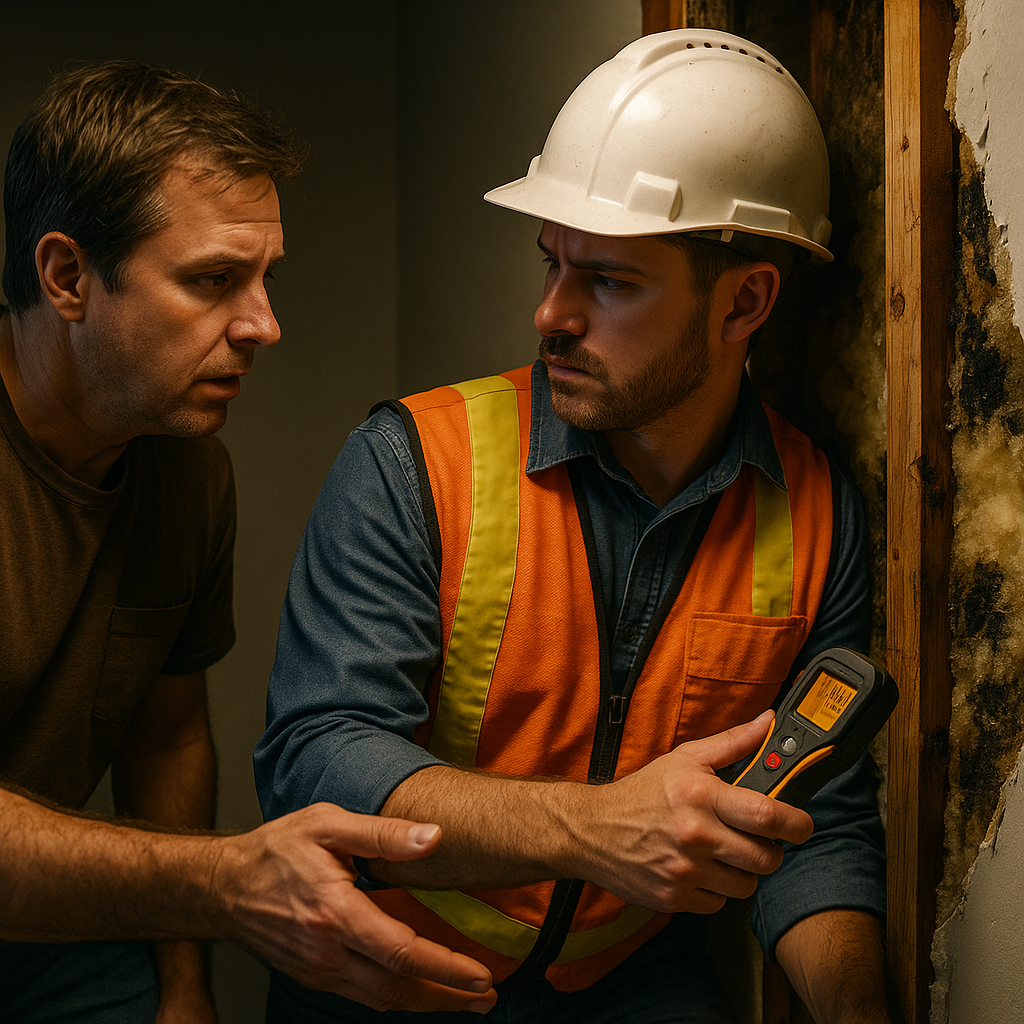
What Is Hidden Storm Damage?
Hidden damage refers to structural or material impacts that aren't immediately visible during initial inspections. These include:
- Moisture trapped within walls, leading to rot or mold
- Roof deck separation beneath intact shingles
- Subtle foundation shifts or soil displacement
- Load-bearing wall movement from wind pressure
- Cracked trusses or framing hidden in attics or crawl spaces
- Without a detailed structural evaluation, these issues are often missed—and resurface long after the claim is closed.
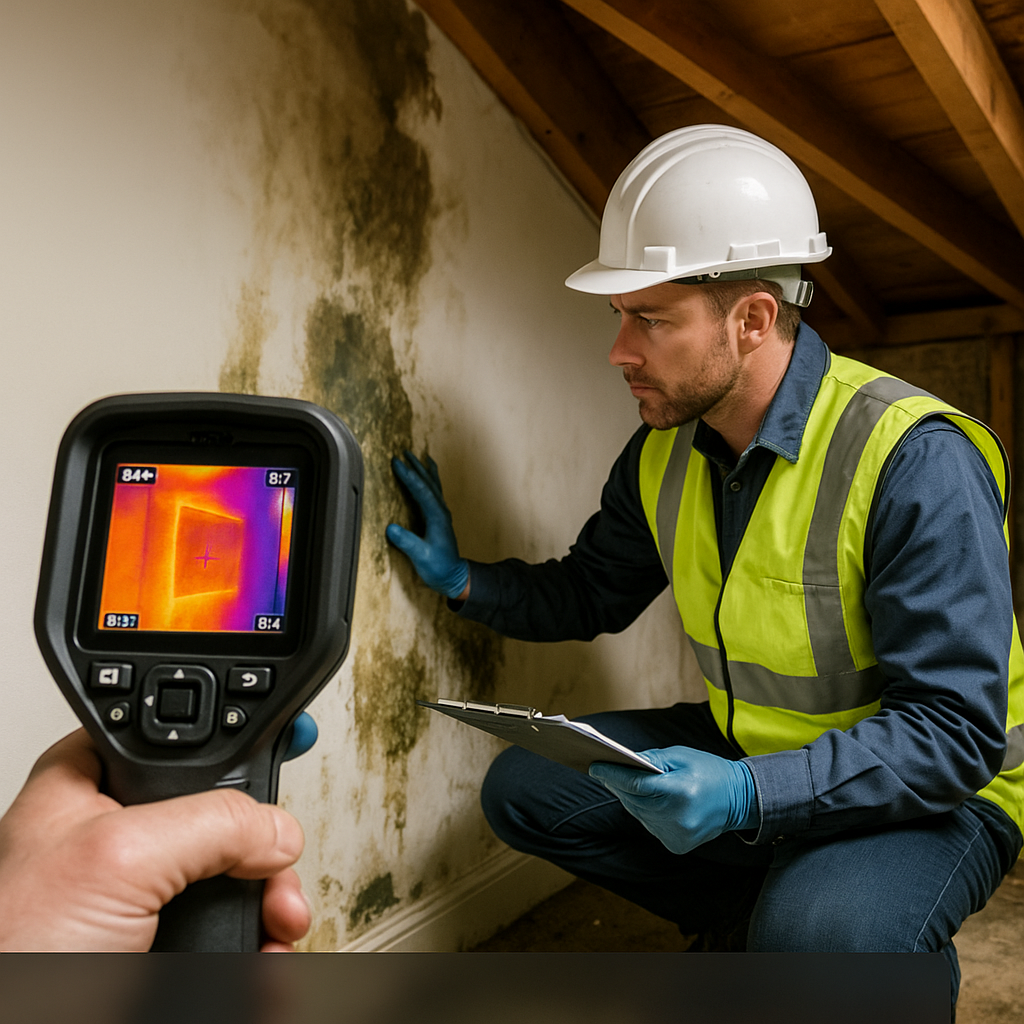
Why Standard Inspections May Fall Short
Traditional storm inspections focus on exterior conditions and visible property loss. But general inspections rarely uncover:
- Water intrusion behind siding or drywall
- Roof system separation not visible from the ground
- Long-term weakening of framing systems
- This is where expert inspections and forensic engineering become essential. These evaluations apply science and engineering principles to identify the full scope of damage.
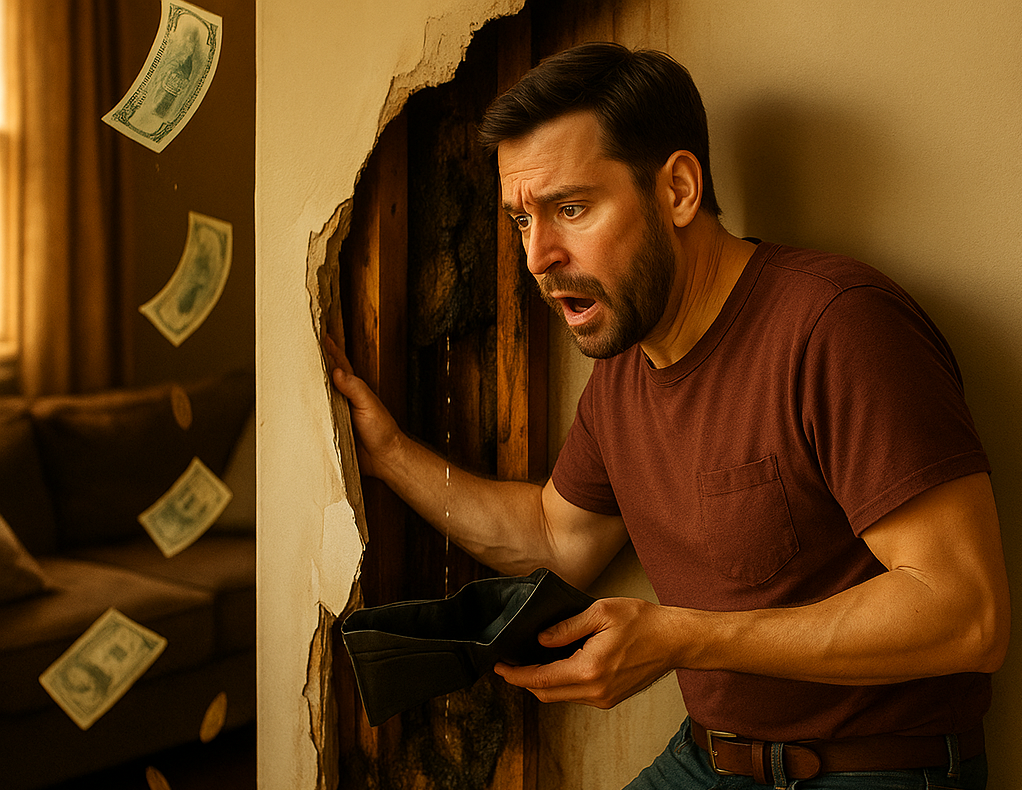
The Cost of Overlooking Hidden Storm Damage
For insurance carriers, missing hidden damage creates a ripple effect:
- Claims are reopened, increasing administrative costs
- Repair scope changes trigger disputes or appraisal
- Policyholder confidence drops due to delayed restoration
- Risk of litigation or regulatory scrutiny increases
- All of this adds time, complexity, and cost to storm recovery.
Signs That Hidden Damage May Be Present
If you see any of the following, a deeper inspection is likely needed:
- Interior wall stains appearing weeks after a storm
- Slight sloping of floors or sticking doors
- Gaps forming around windows and baseboards
- Odors or humidity spikes indicating hidden moisture
- Homeowner concerns without visible surface issues
- Bringing in a qualified forensic engineering professional ensures that all contributing damage is identified—accurately and defensibly.
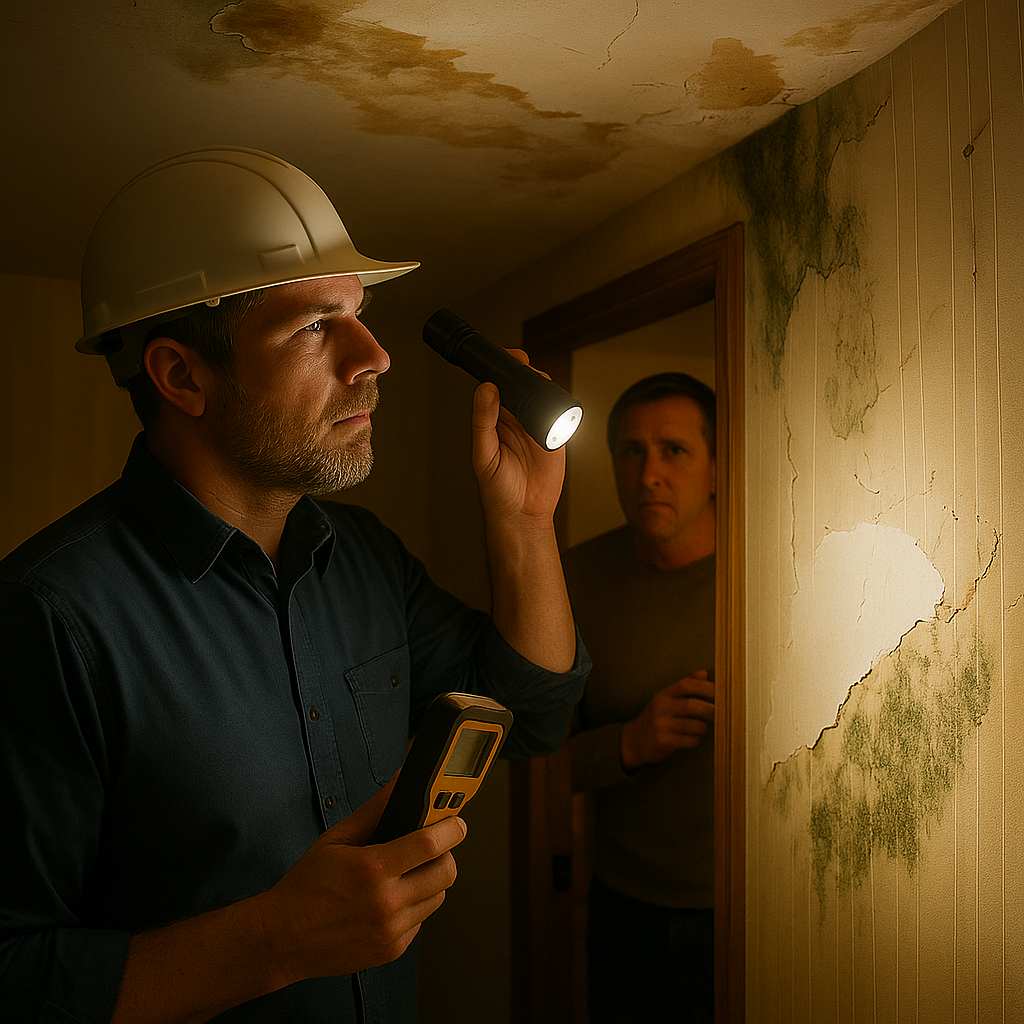
Protecting Carriers and Policyholders With Accurate Assessments
Hidden damage isn’t always obvious—but it’s real, and it matters. When claims are based on full evaluations that include property damage assessments, building consulting, and code compliance, outcomes improve for both carriers and policyholders.
Benefits of thorough post-storm inspections include:
- Fewer supplemental claims and reinspections
- Faster claim resolutions with fewer disputes
- Stronger documentation for appraisal & arbitration
- Reduced exposure to future liability



